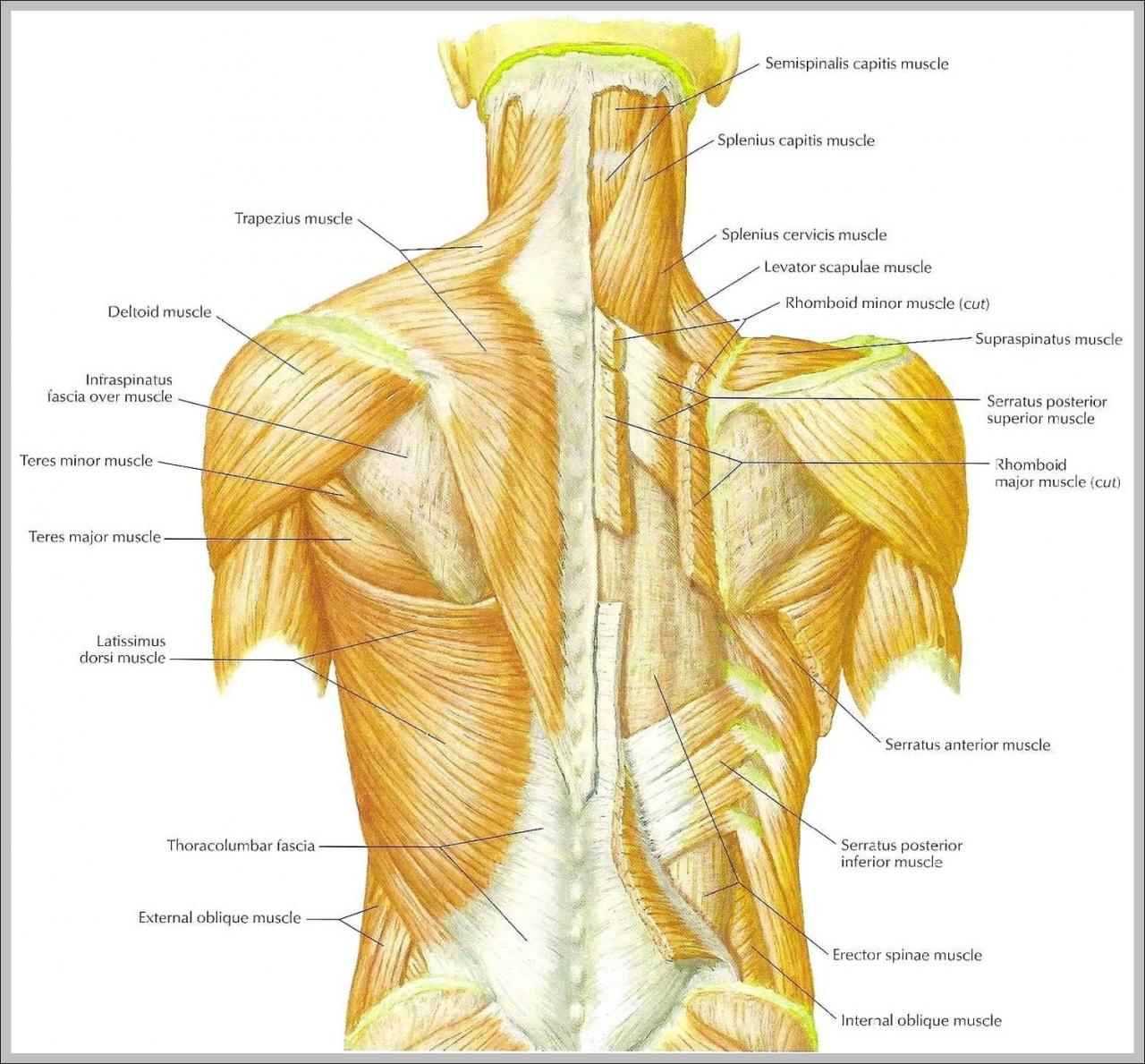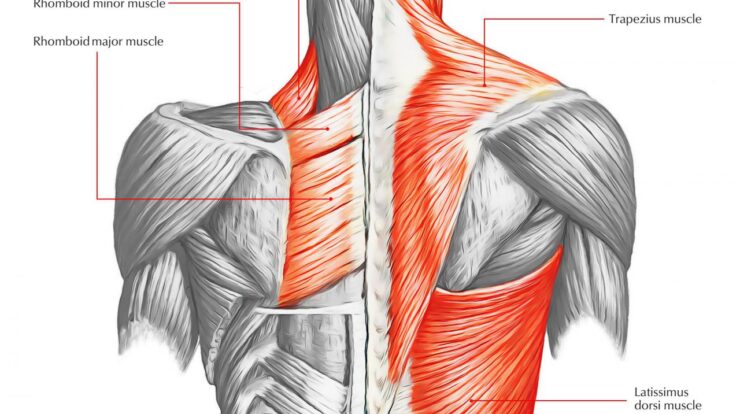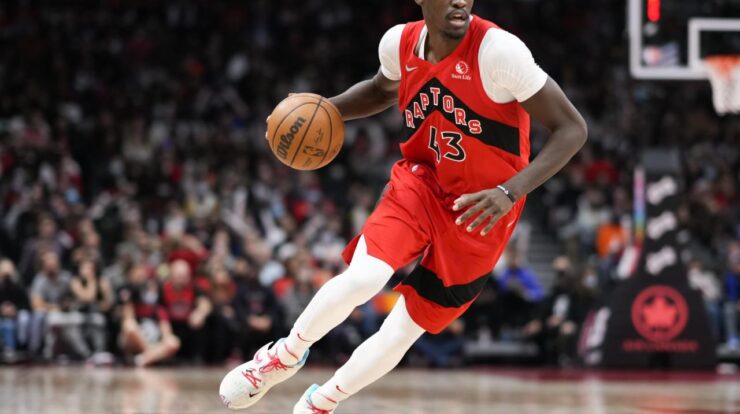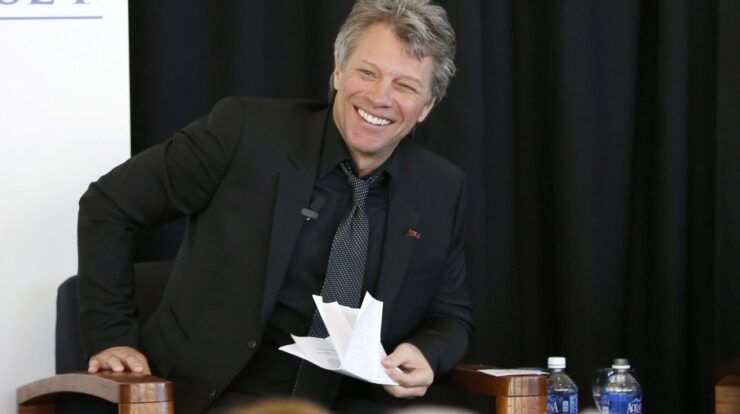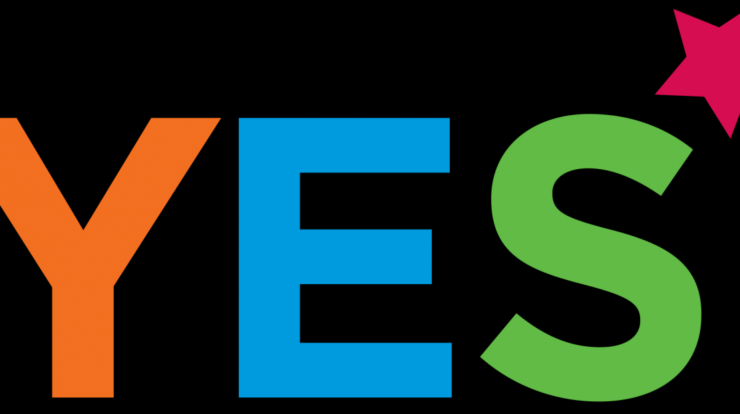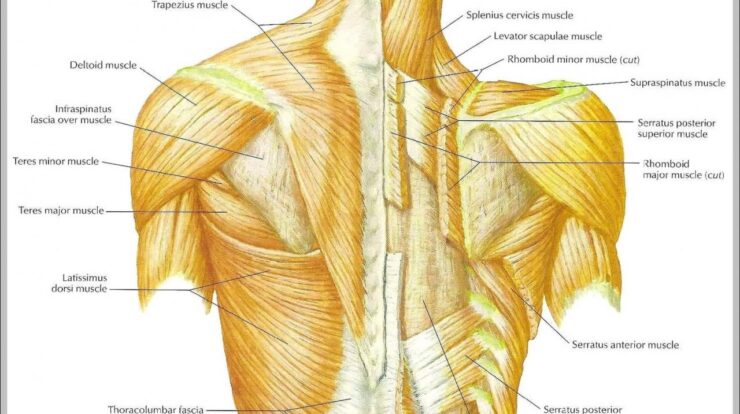
Back muscles, the unsung heroes of our physical prowess, play a pivotal role in our posture, balance, and overall well-being. From the mighty latissimus dorsi to the intricate erector spinae, these muscles are the foundation of our movement and strength.
In this comprehensive guide, we delve into the anatomy of back muscles, exploring their location, function, and innervation. We uncover the most effective exercises for strengthening these muscles, ensuring proper form and technique to maximize results. Furthermore, we shed light on the benefits of strong back muscles, highlighting their contribution to athletic performance and everyday activities.
Back Muscle Anatomy
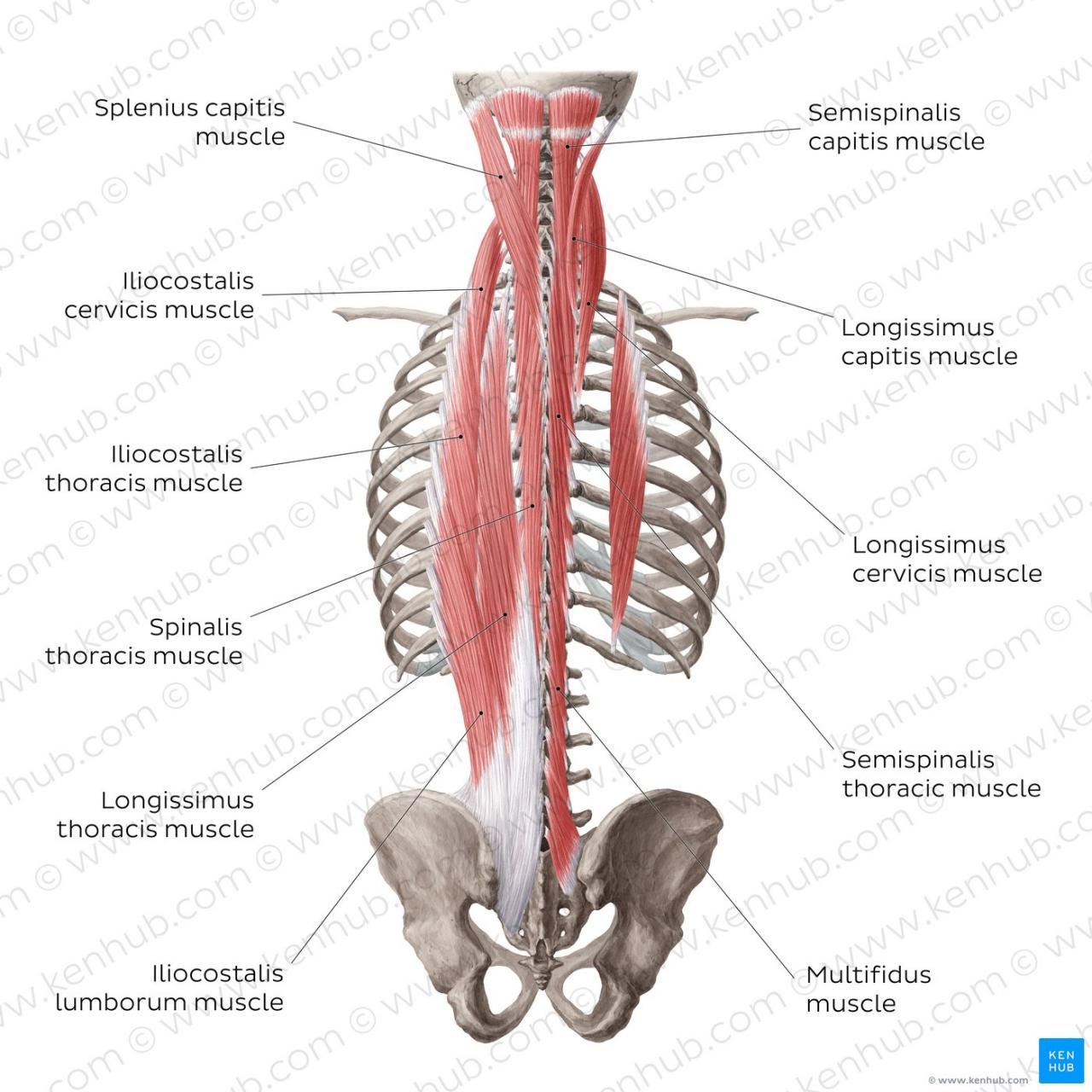
The back muscles, also known as the posterior chain, are a complex group of muscles that extend from the neck to the lower back. These muscles are responsible for a wide range of movements, including extension, flexion, rotation, and lateral flexion of the spine.
Send heartfelt happy heavenly mother’s day mom wishes to your beloved mother in heaven. Express your eternal love and gratitude for her unwavering support.
The major back muscles include:
- Trapezius: Extends from the base of the skull to the middle of the back and assists in shoulder movement.
- Latissimus dorsi: The largest back muscle, it originates from the lower back and inserts into the humerus, assisting in pulling and rotating the arm.
- Rhomboids: Located between the shoulder blades, they assist in retracting and rotating the shoulder blades.
- Erector spinae: A group of muscles that run along the spine, responsible for extending and rotating the spine.
- Multifidus: Deep muscles located next to the spine, they assist in stabilizing the spine and controlling movement.
A diagram or table illustrating the different muscle groups and their attachments can be found in the resources section.
Exercises for Back Muscles
Strengthening the back muscles is essential for maintaining good posture, balance, and overall physical well-being. Here are some effective exercises for targeting the back muscles:
- Barbell row: A compound exercise that works multiple back muscles, including the latissimus dorsi, trapezius, and rhomboids.
- Pull-up: A bodyweight exercise that primarily targets the latissimus dorsi and biceps.
- Deadlift: A full-body exercise that engages the erector spinae, glutes, and hamstrings.
- Back extension: An isolation exercise that targets the erector spinae and multifidus.
- Hyperextension: A similar exercise to back extension, but with a greater range of motion.
Variations and modifications of these exercises can be made to accommodate different fitness levels and target specific muscle groups.
Find inspiring happy mothers day wishes for all moms images to share with the special women in your life. Spread joy and appreciation on this special day.
Benefits of Strong Back Muscles
Maintaining strong back muscles offers numerous benefits, including:
- Improved posture: Strong back muscles help support the spine and prevent slouching.
- Enhanced balance: Back muscles contribute to maintaining balance and stability.
- Reduced risk of injury: Strong back muscles provide support and stability to the spine, reducing the risk of strains, sprains, and other injuries.
- Improved athletic performance: Strong back muscles are essential for many sports and physical activities.
- Enhanced everyday activities: Back muscles are used in a wide range of everyday activities, such as lifting objects, bending over, and twisting.
Common Back Muscle Injuries
Back muscle injuries are common and can range from mild to severe. Some of the most common types include:
- Strains: Overstretching or tearing of a muscle or tendon.
- Sprains: Overstretching or tearing of a ligament.
- Herniated discs: A condition in which the soft, jelly-like center of an intervertebral disc pushes through the tough outer layer.
Causes, symptoms, and treatment options for each injury vary and should be discussed with a healthcare professional.
Happy Mother’s Day! Express your love and appreciation with heartfelt happy mother’s day greetings . Celebrate the special bond you share with your mom.
Back Muscle Rehabilitation
Rehabilitating back muscle injuries involves a combination of rest, stretching, and strengthening exercises. A sample rehabilitation program might include:
- Rest: In the acute phase of an injury, rest is essential to allow the muscles to heal.
- Stretching: Gentle stretching exercises can help improve flexibility and reduce pain.
- Strengthening exercises: Once the injury has healed, strengthening exercises can be gradually introduced to restore muscle strength and function.
Proper recovery and preventing re-injury are crucial for successful back muscle rehabilitation.
Concluding Remarks: Back Muscles
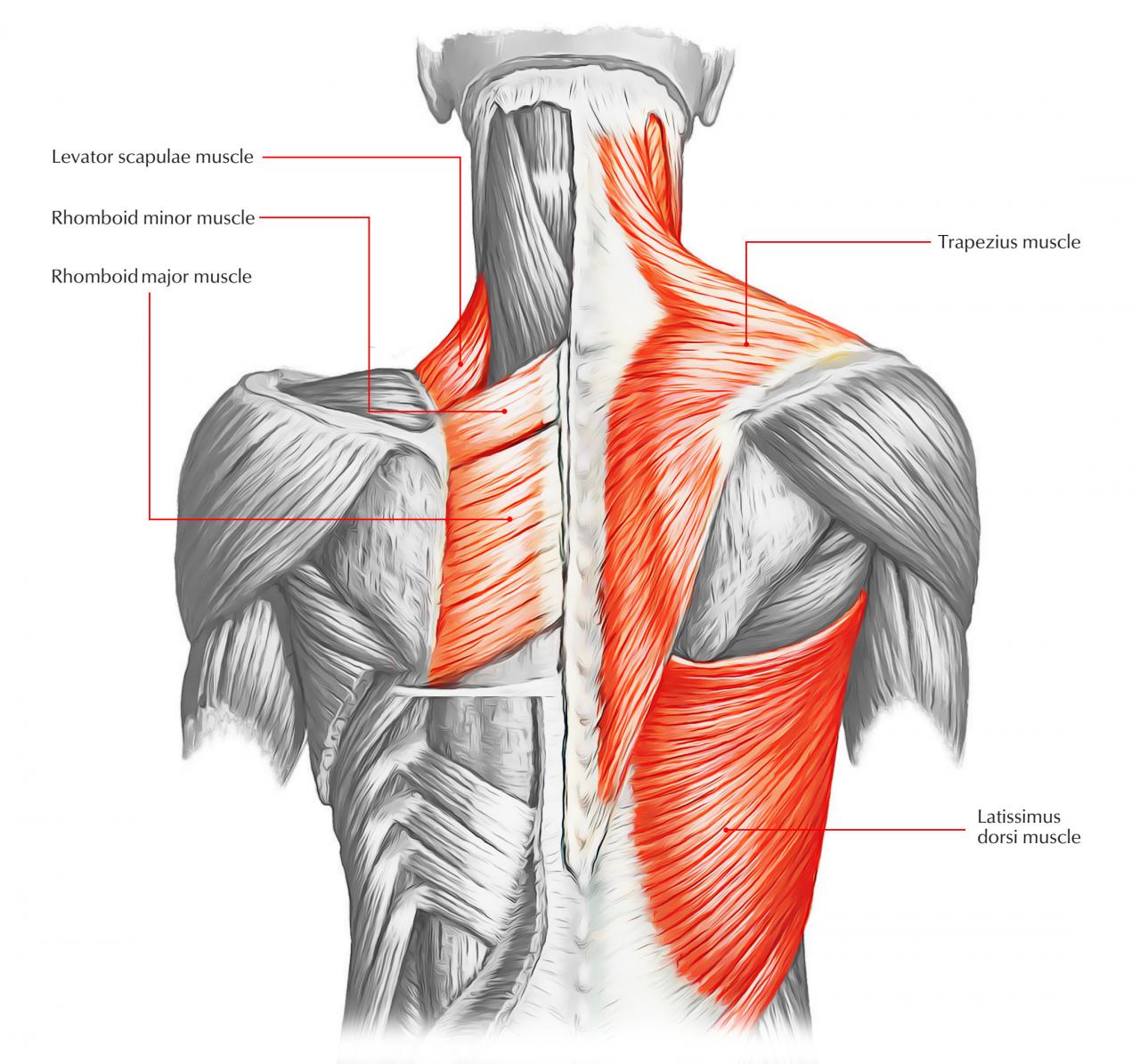
Understanding back muscles and their care is essential for maintaining optimal physical health. By strengthening these muscles through targeted exercises and promoting proper posture, we can reduce the risk of injuries, improve our balance, and enhance our overall well-being. Remember, a strong back is the backbone of a healthy and active life.
Key Questions Answered
What are the most important back muscles?
The latissimus dorsi, trapezius, erector spinae, and rhomboids are considered the most important back muscles due to their size and function.
Back muscles are essential for supporting the spine and maintaining good posture. Strengthening these muscles can help prevent back pain and improve overall fitness. For more information on back muscles , visit our website.
How can I strengthen my back muscles?
Remember the cherished memories with happy heavenly mother’s day messages. Honor the love and guidance of your mother, even though she is no longer physically present.
Effective exercises for strengthening back muscles include pull-ups, rows, deadlifts, and back extensions.
What are the benefits of strong back muscles?
Strong back muscles improve posture, reduce the risk of back pain, enhance athletic performance, and support everyday activities.
